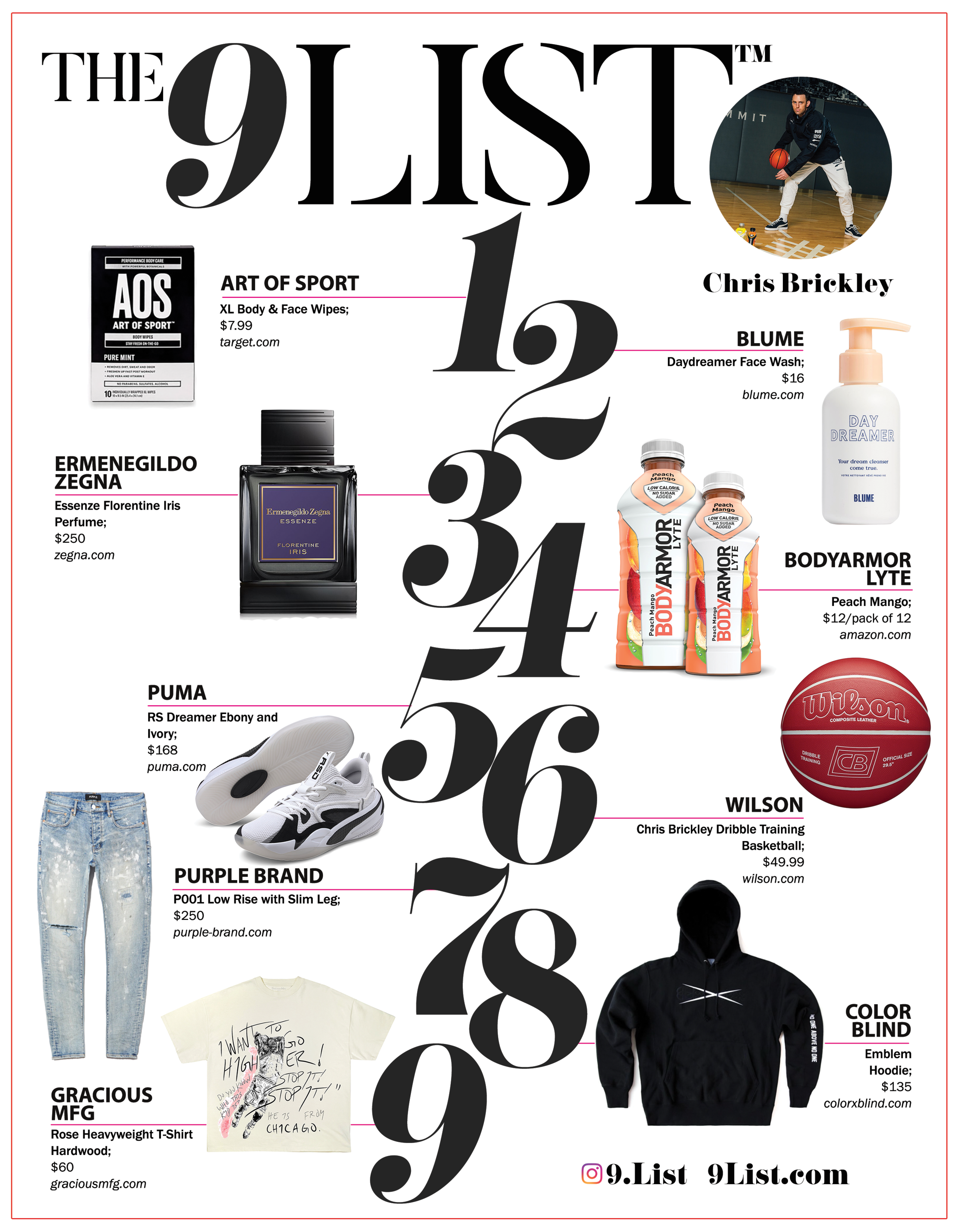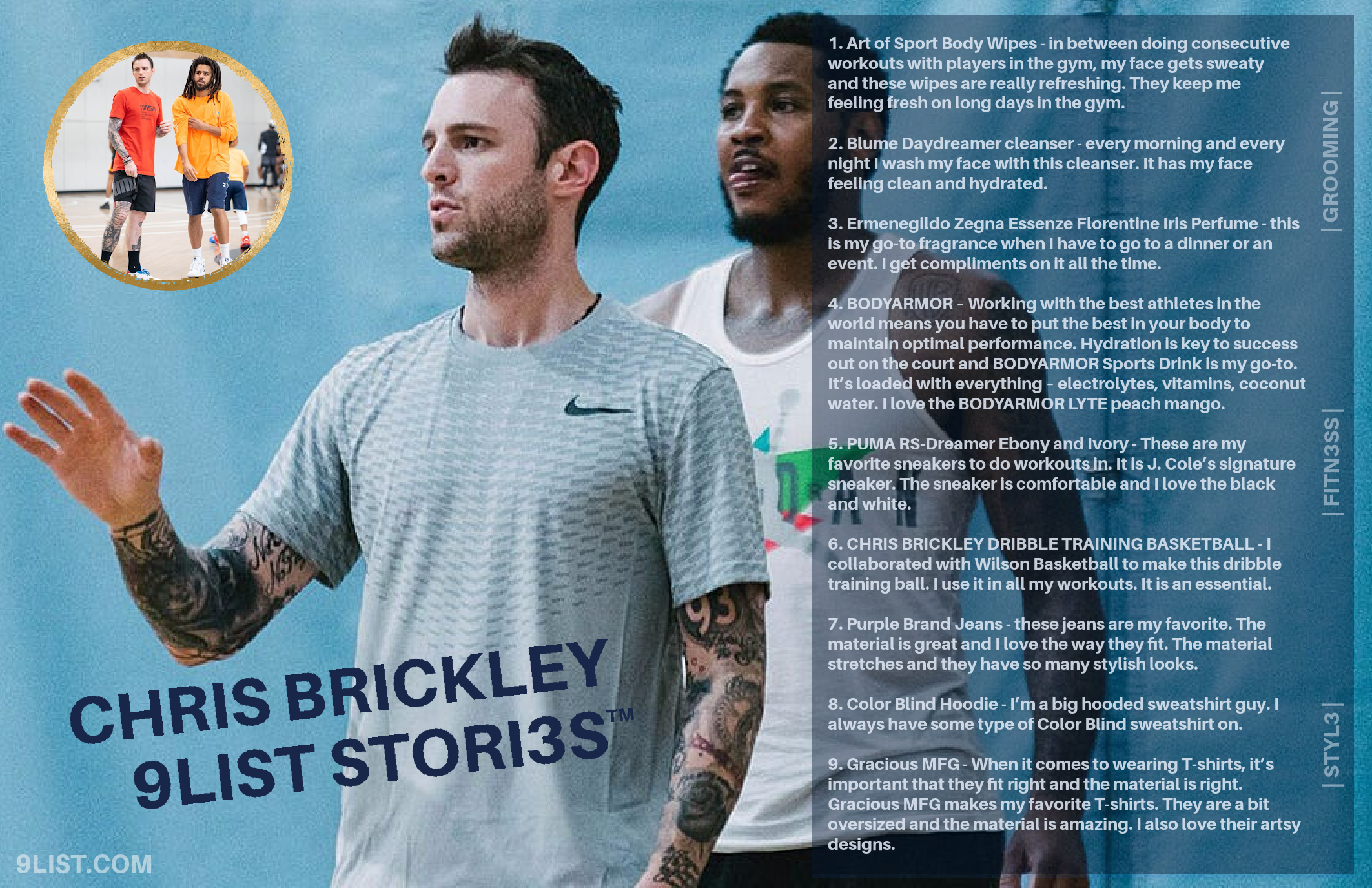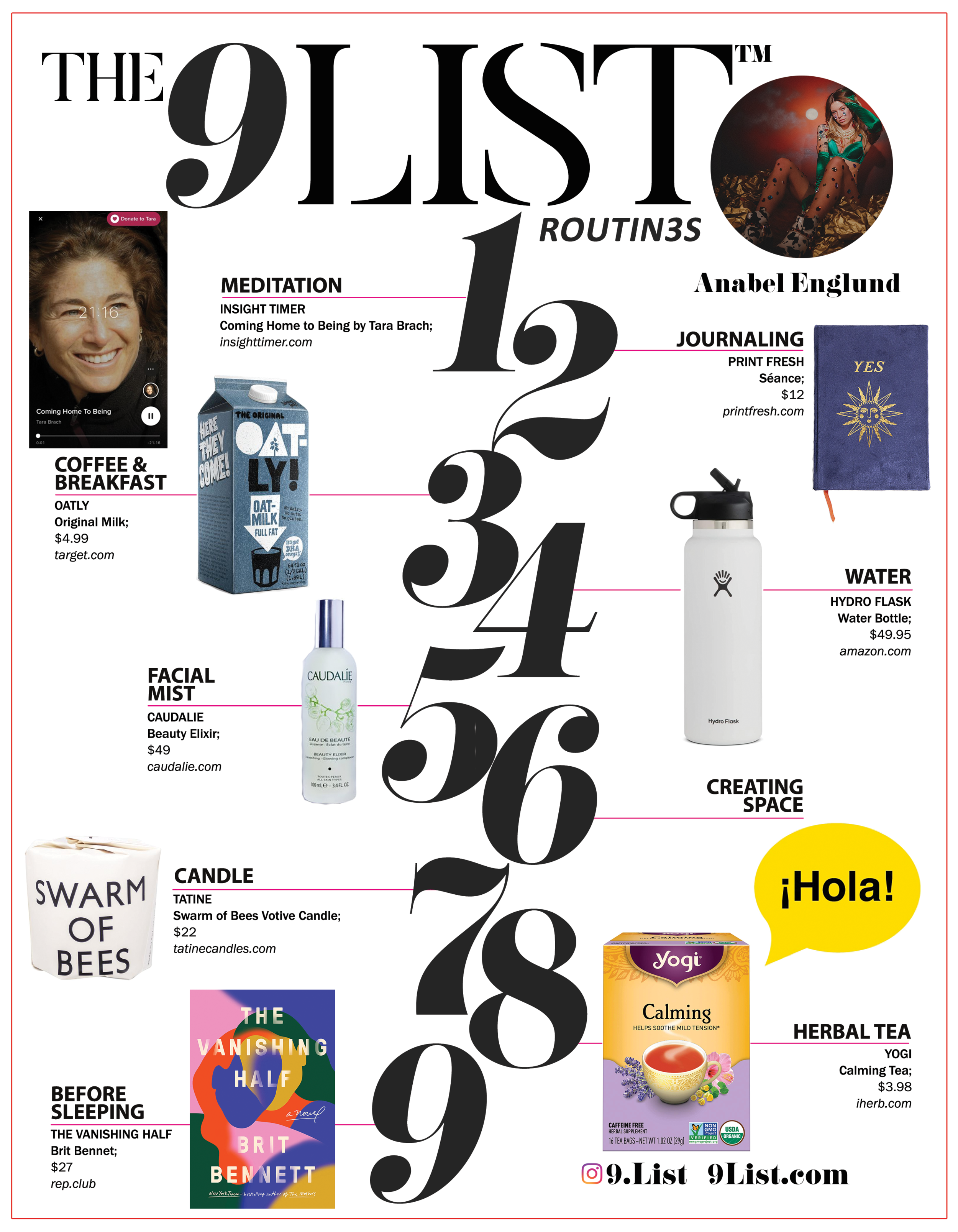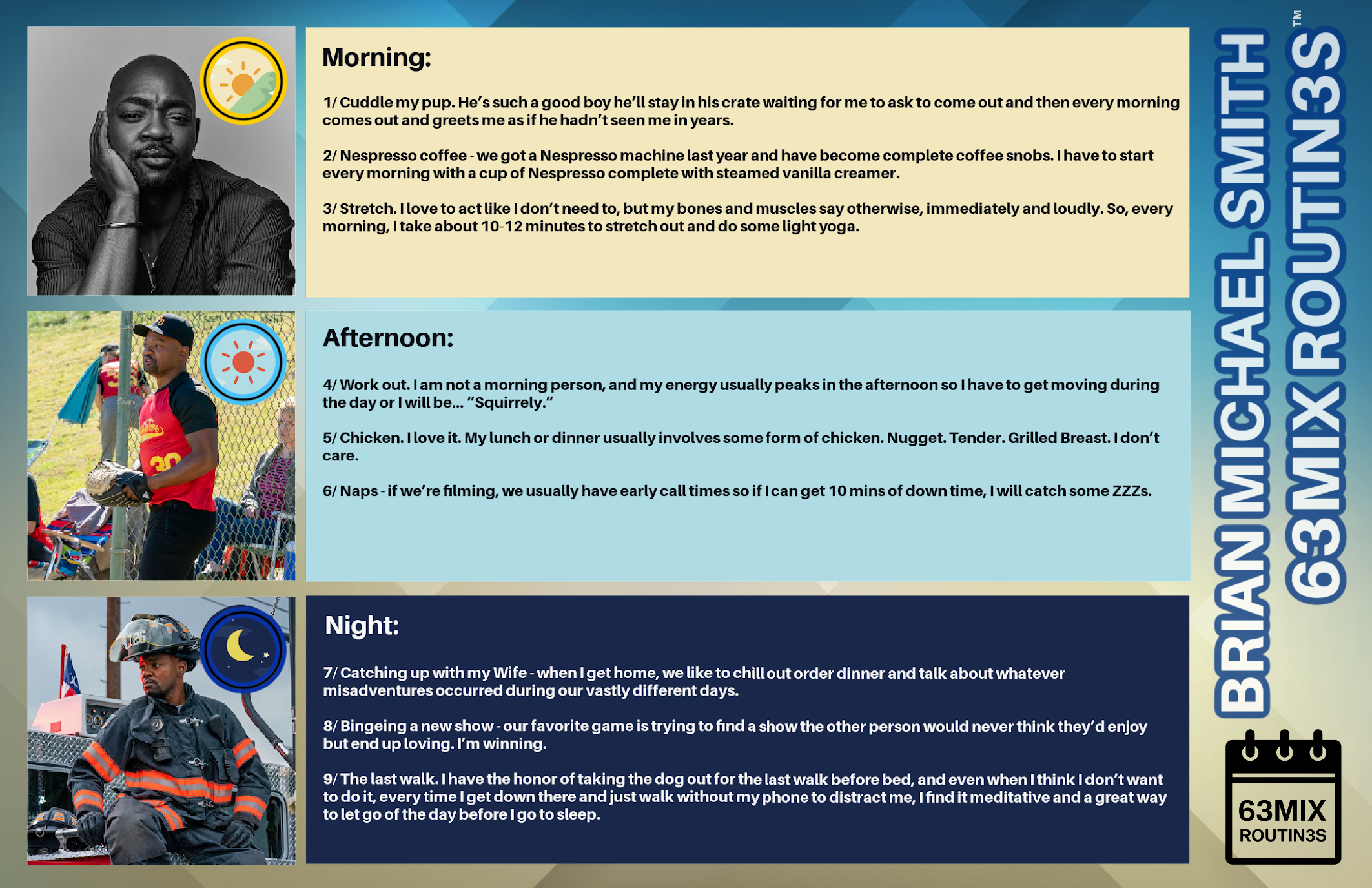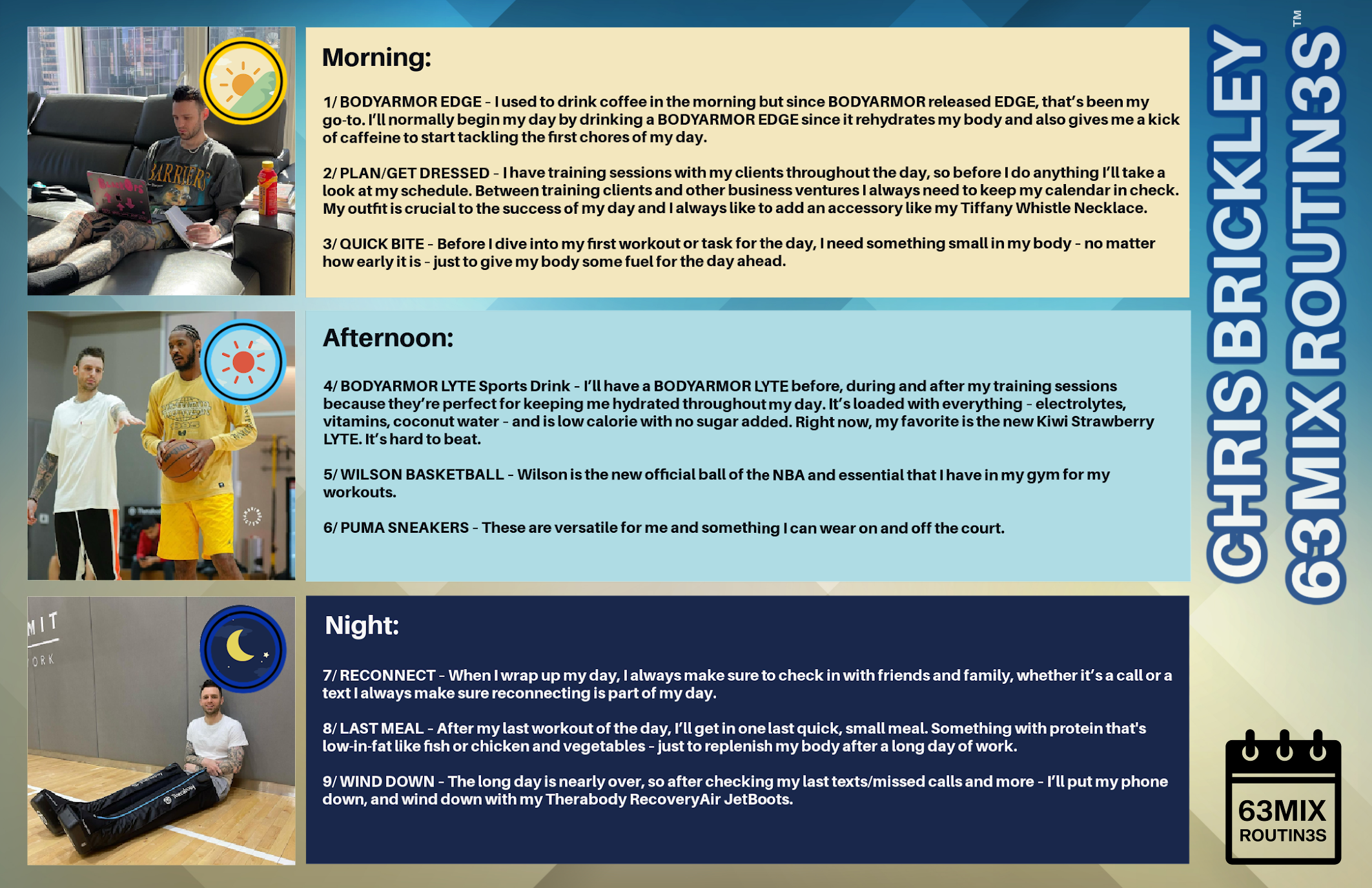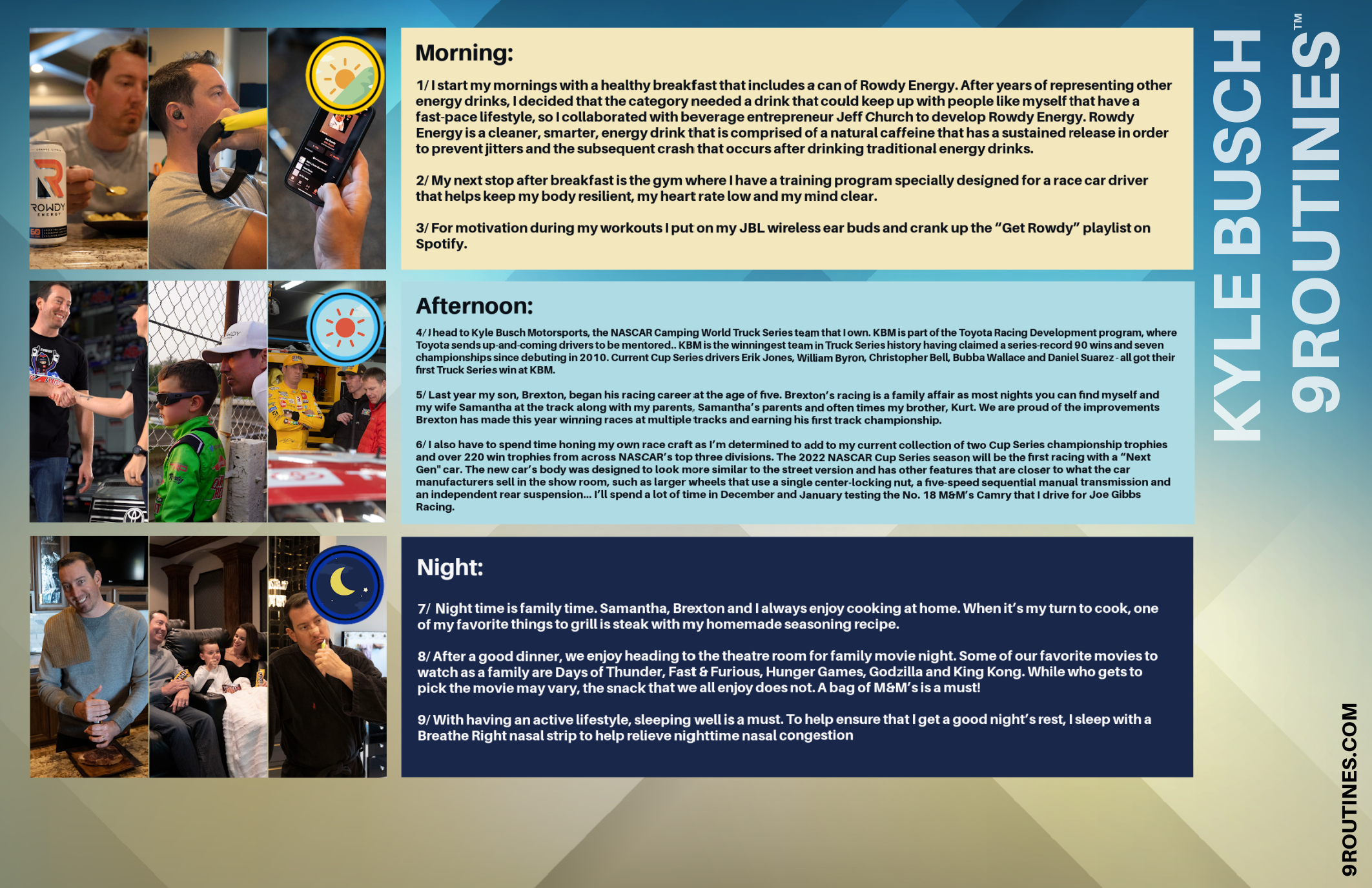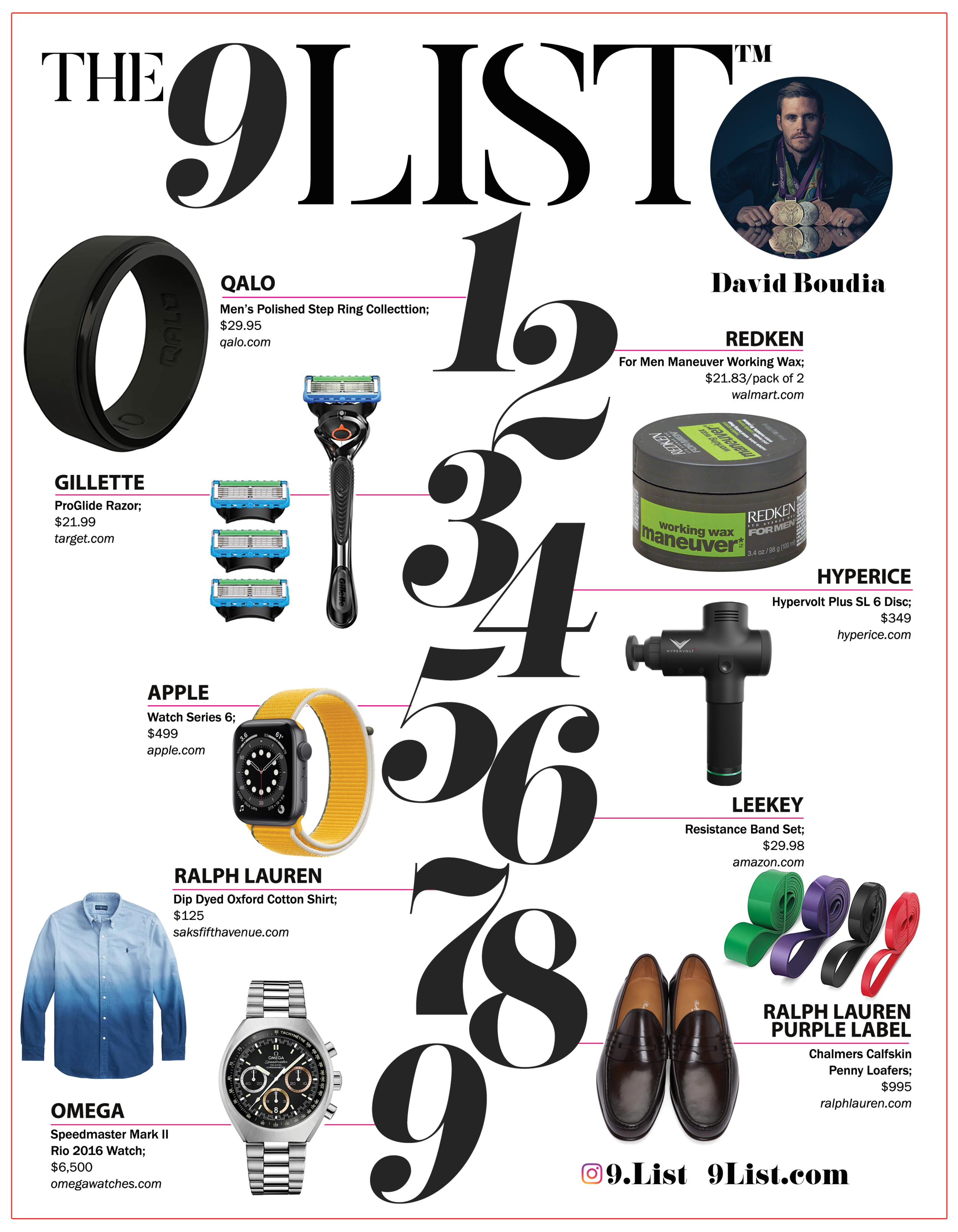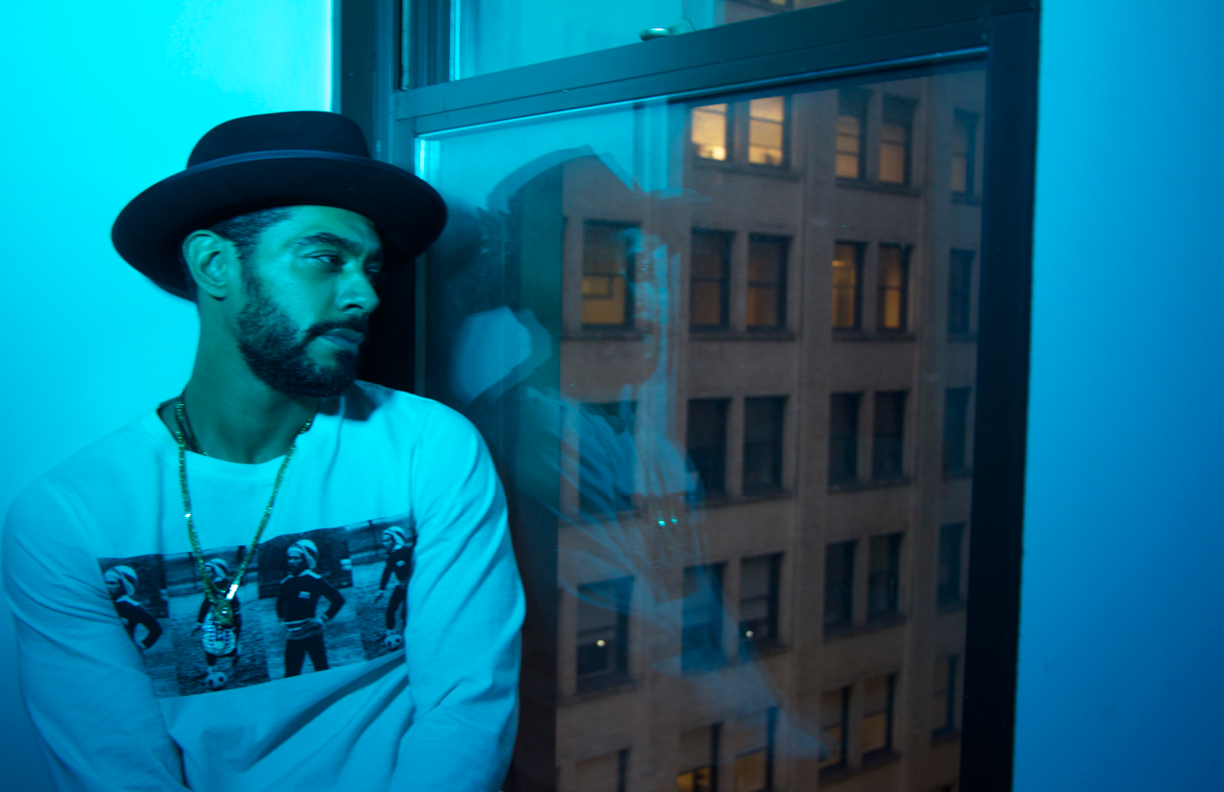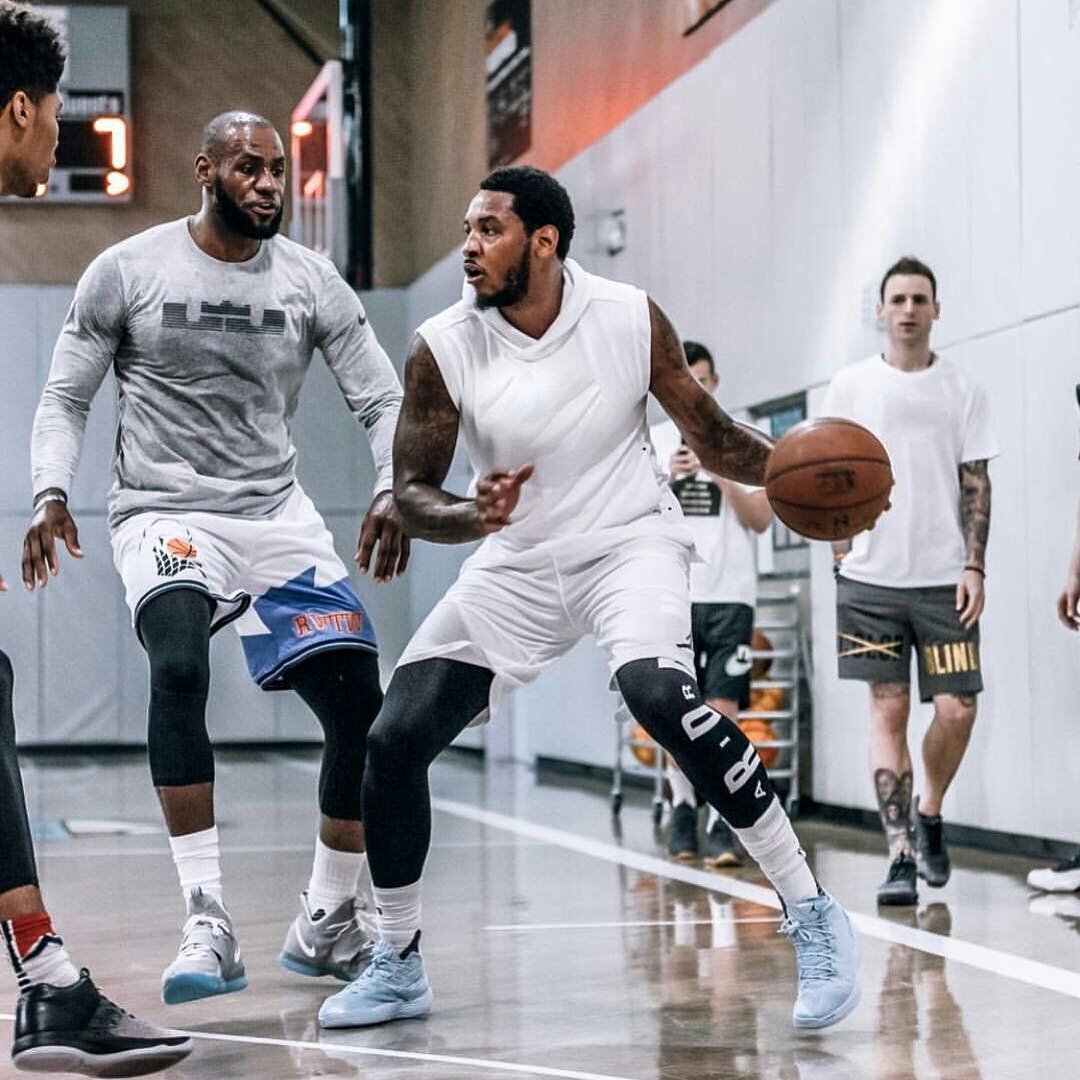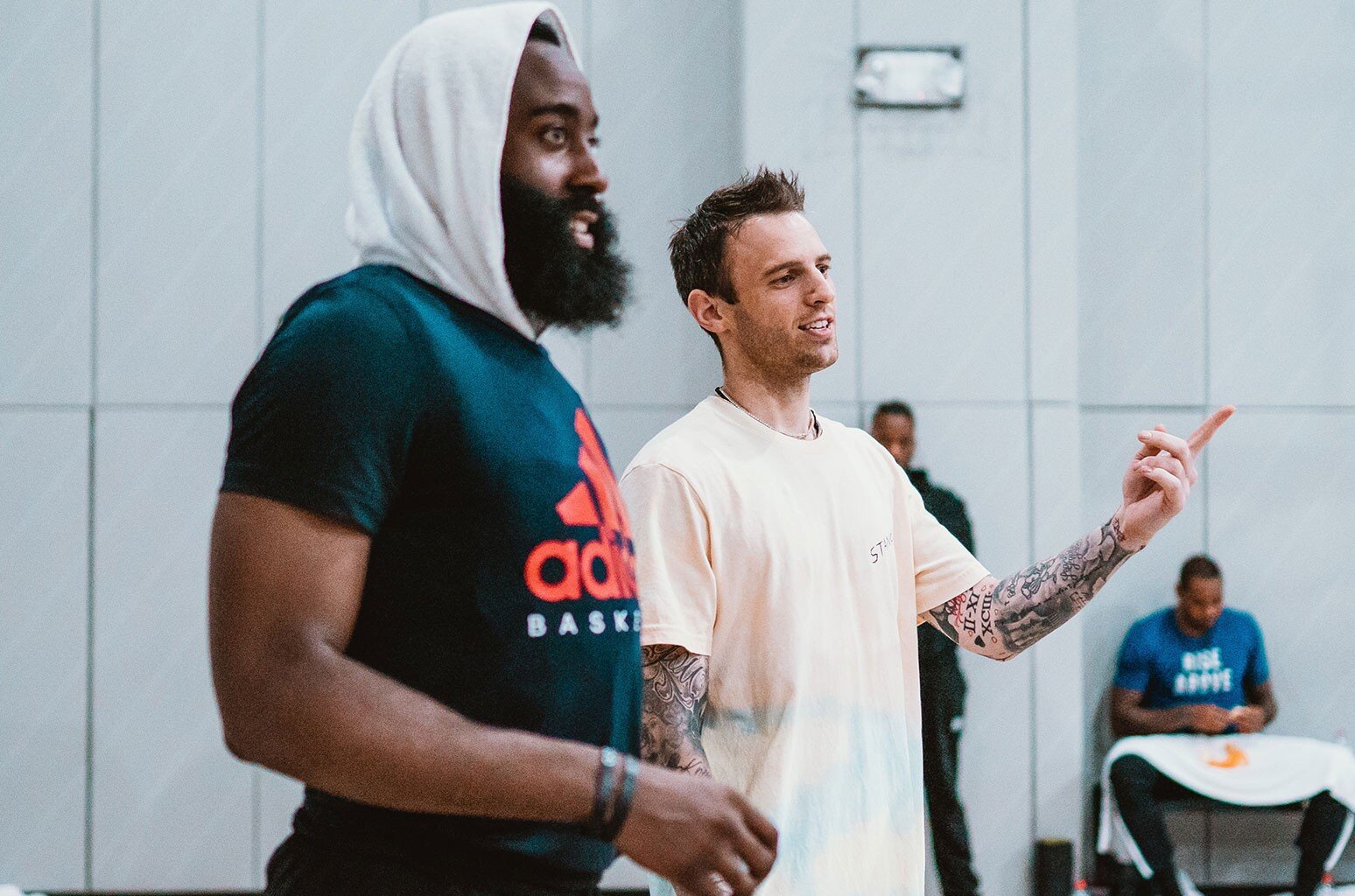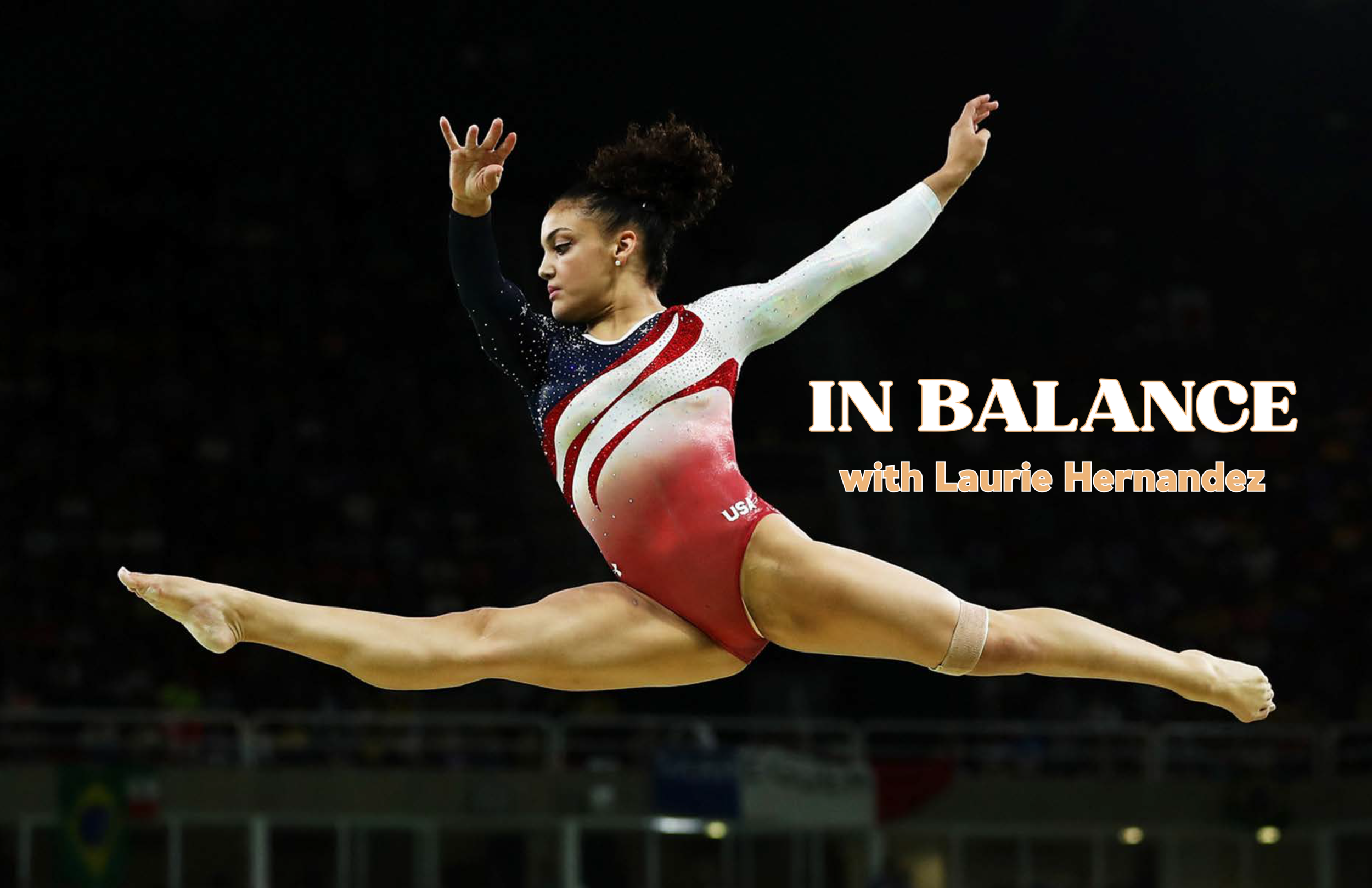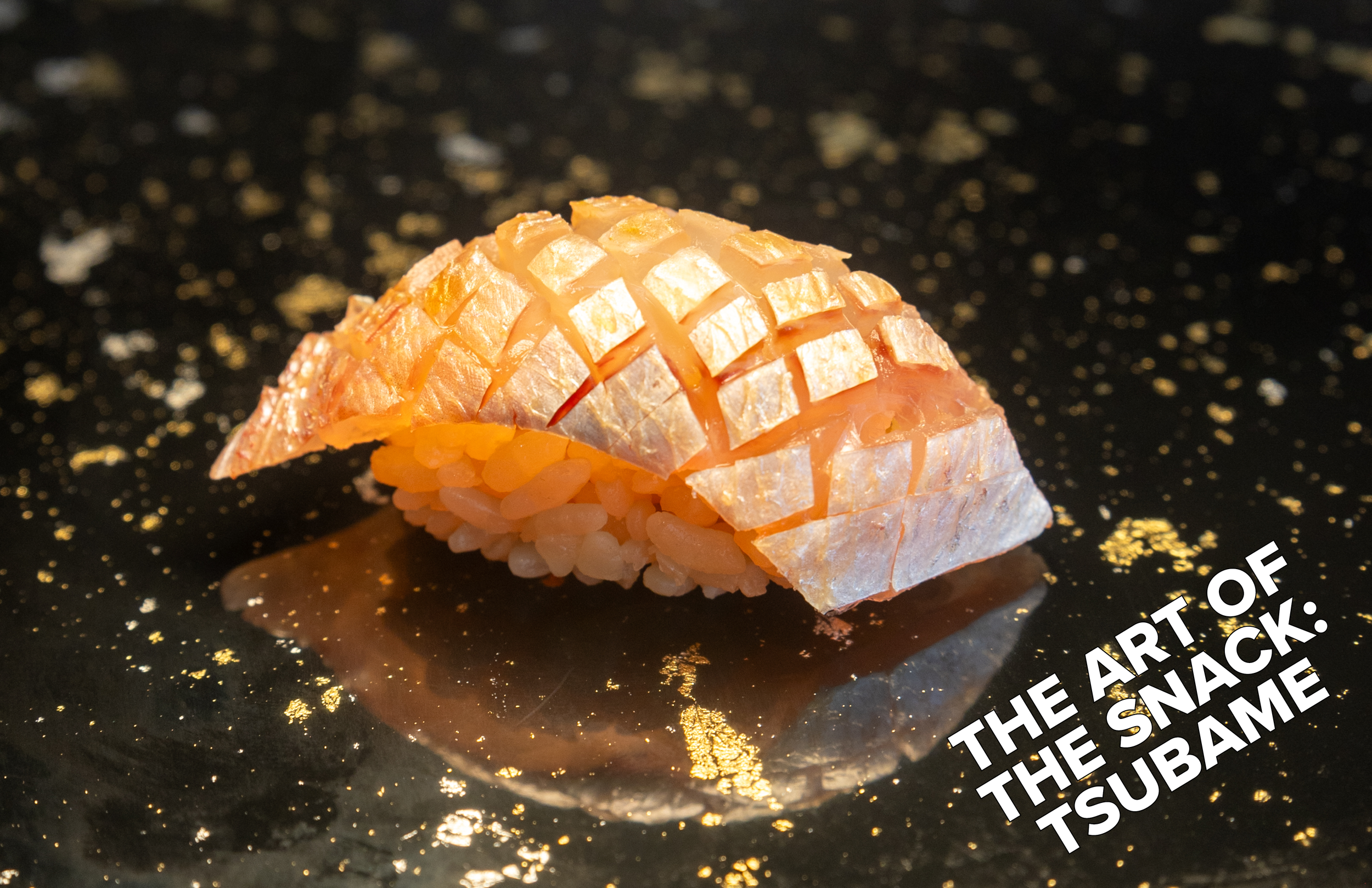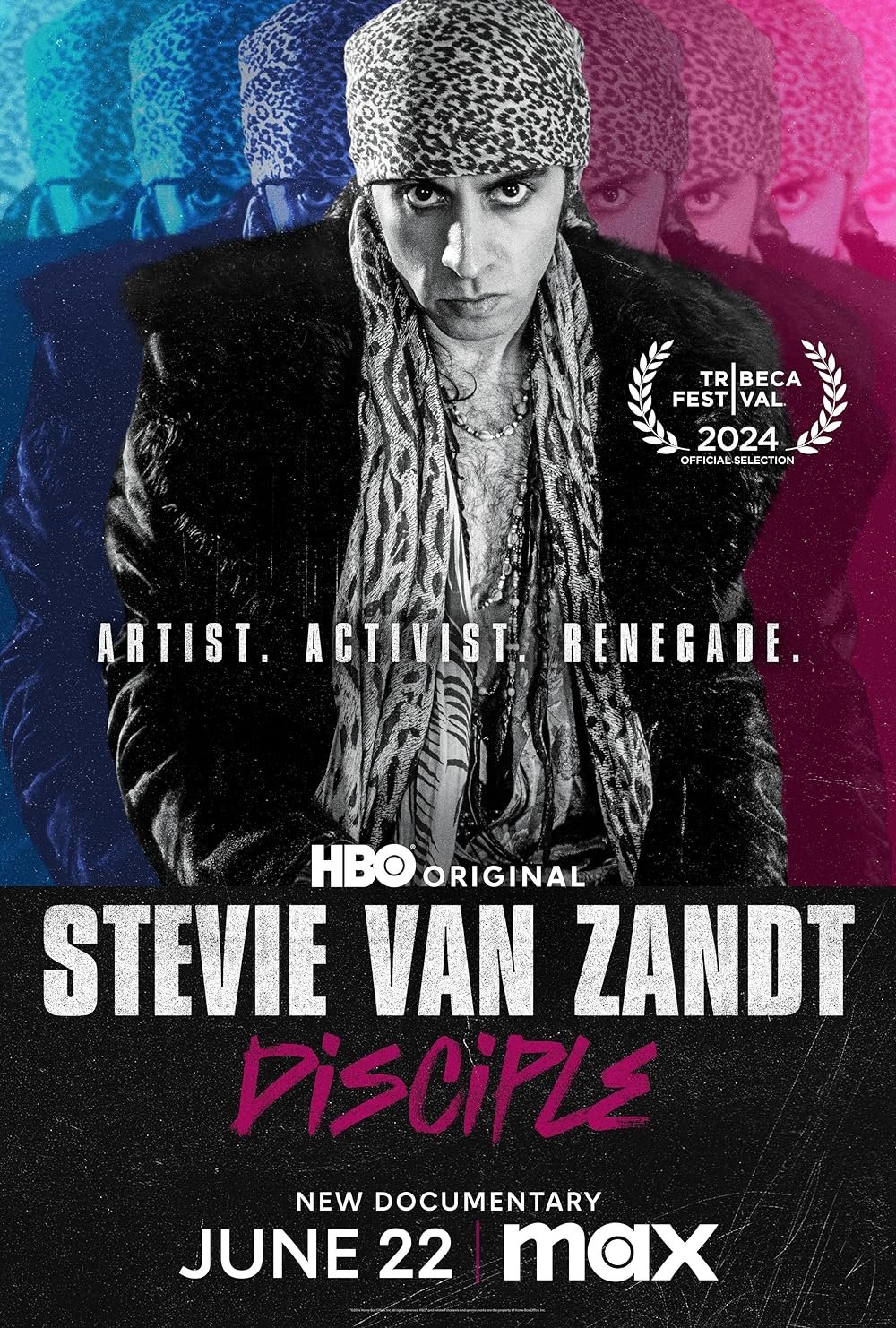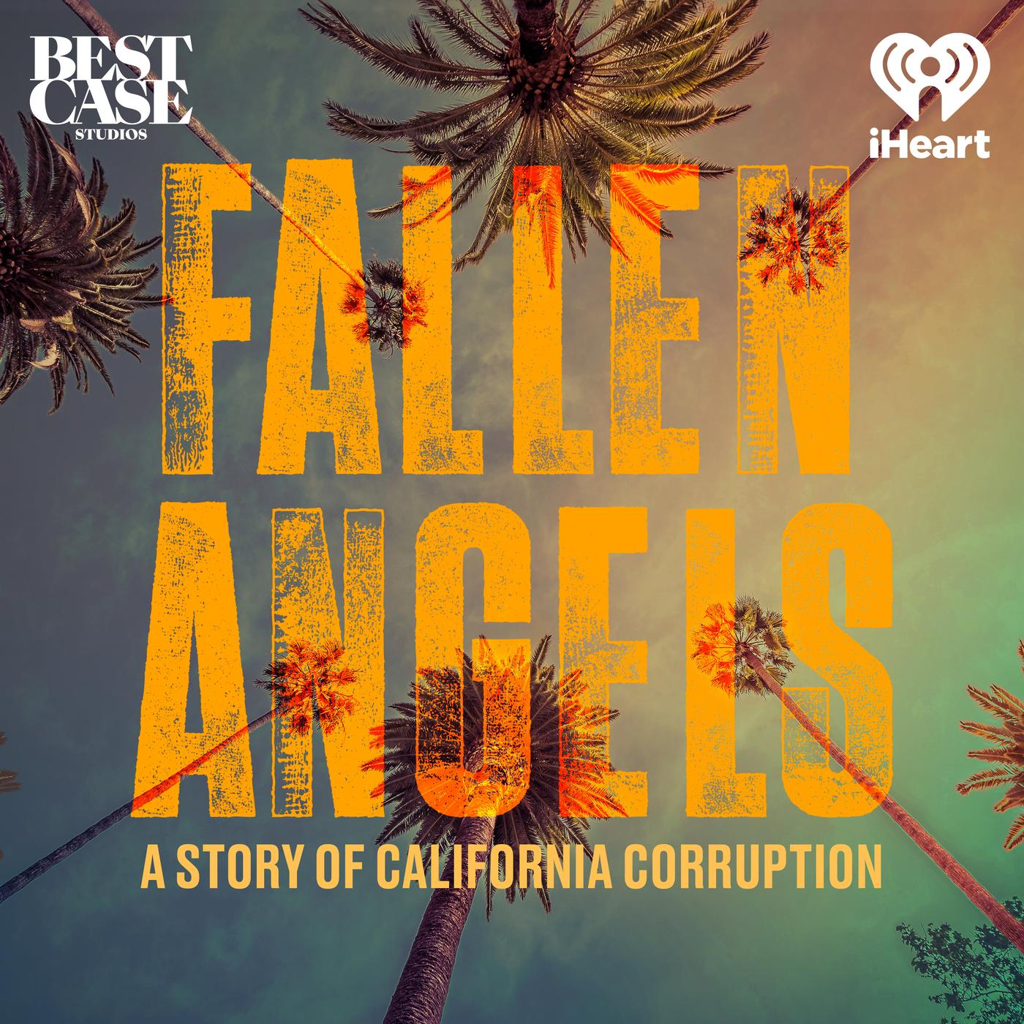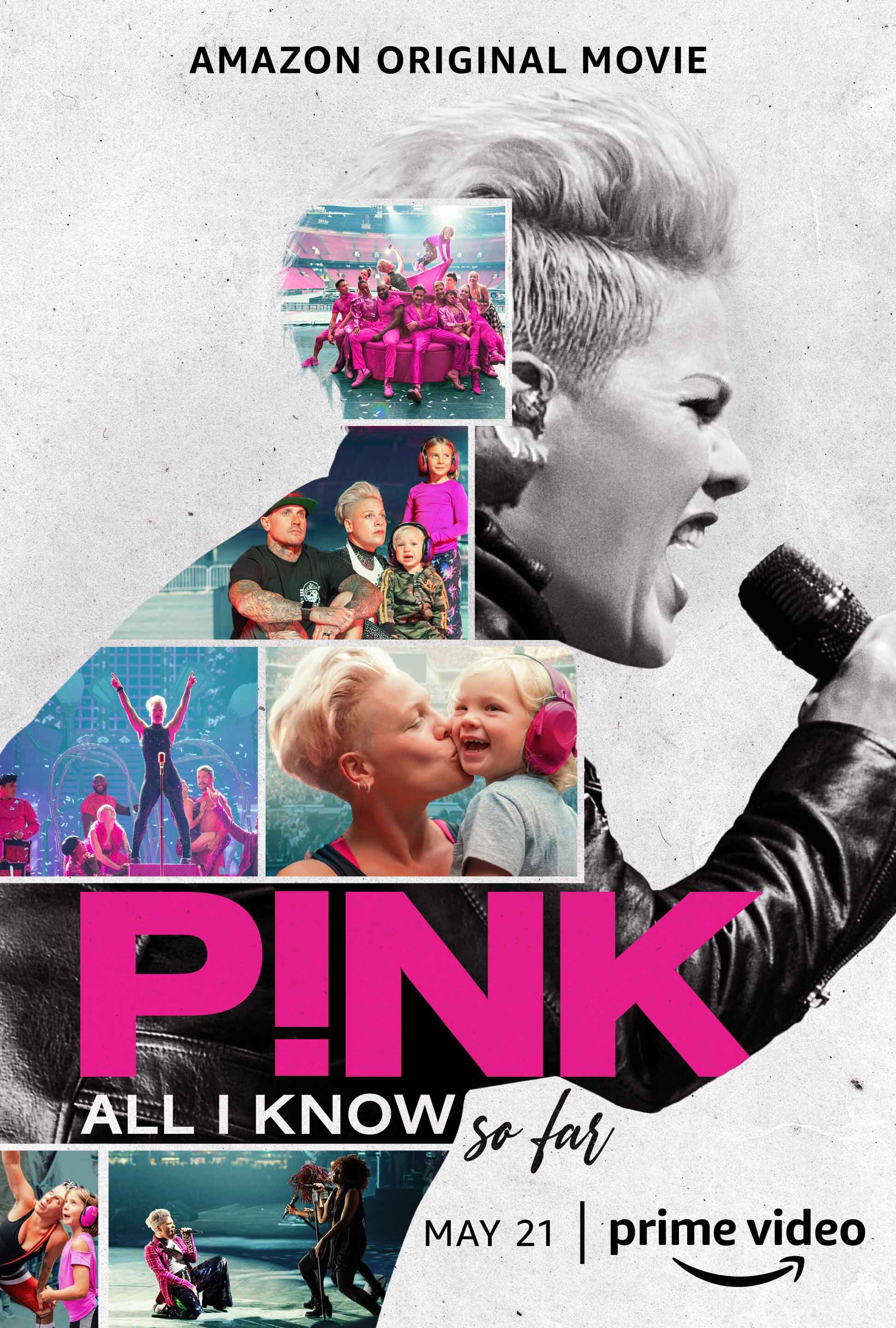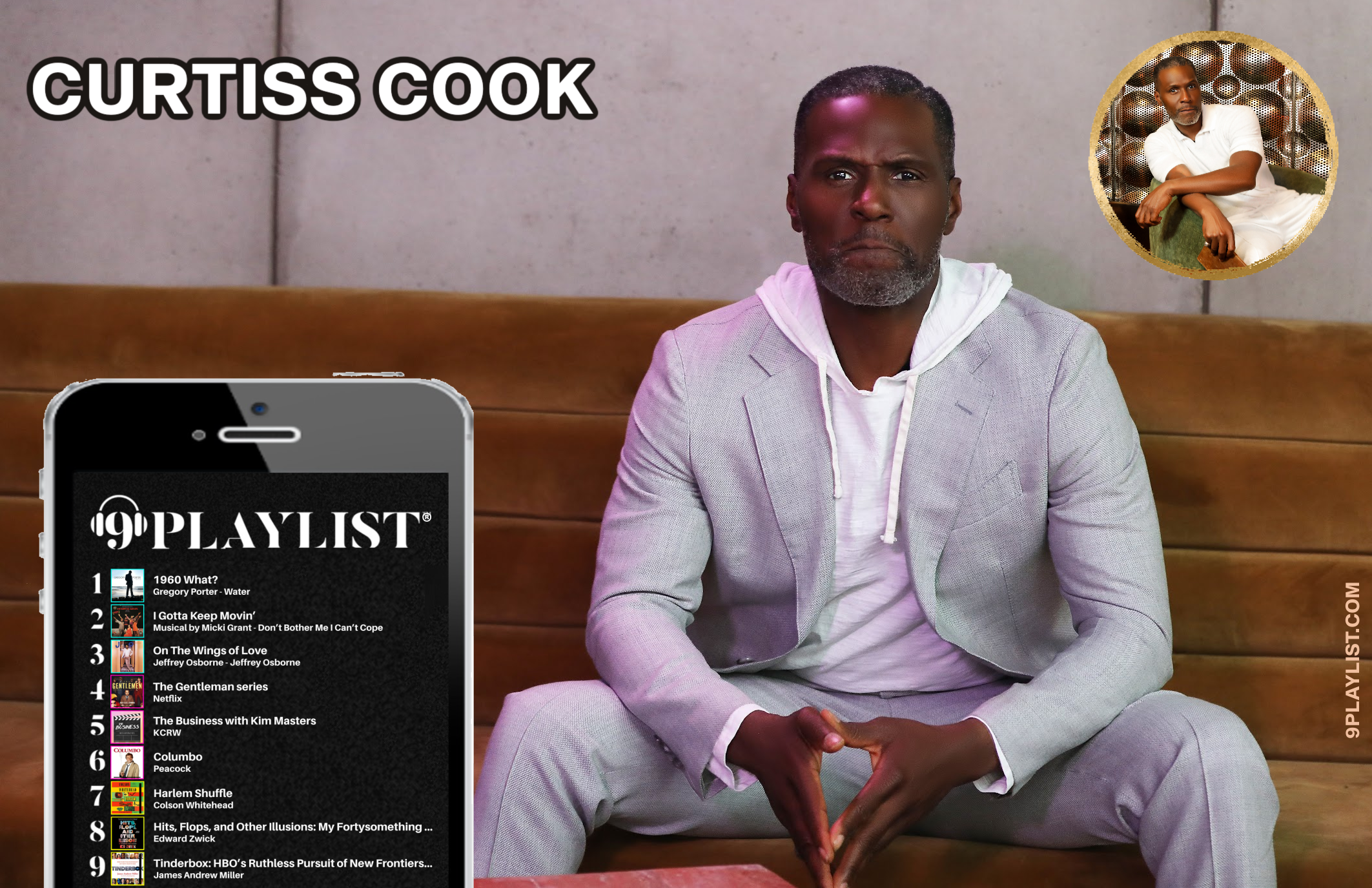AM: We know that you and David are partners, but what are the things that you look for in a partner and what is your training like when you’re together?
SJ: I mean when looking for a partner, it’s typically that you look for and find 2 of the top divers that are in the US and you pair them up!
AM: Oh wow!
SJ: Luckily for David and I, we live in the same town and we have the same coach. Training for us was pretty simple. It was, “hey do you want to do Synchro? Let’s try it out.” We tried it out and if we’re good at it, we can start perfecting it and training more. It all starts with trying it out, trying a couple of jumps and dives – simple stuff to see if we even have a natural ability to time up. If we do, that’s great! Because a lot of times, you don’t have a natural ability to time up and you can work at that and make it better. Typically, you take a couple of the best divers in that event, pair them up and see if they work out.
AM: In 2016, you won the Silver Medal in the 10-meter Synchro at the Summer Games in Rio as well as participating in the 10-meter Individual. What was that like for you with that being your first Olympics, going to the Opening and Closing Ceremony games?
SJ: It was honestly one of the most coolest experiences! My goal when I realized that the Olympics could really be a reality for me, was to make the Olympics. So going to the Olympics, I was just ecstatic to be there. I was excited to go to the Opening Ceremonies, be able to compete and to represent Team USA. To be able to walk away with a medal in my first Olympics ever was just icing on the cake. It was something that I had always hoped for, but I wasn’t holding too tightly to because I didn’t want to walk away from my Olympic experience having my head down if I didn’t achieve what I had wanted to achieve. But rather, I wanted to walk away being excited that I had gotten an Olympic experience. So walking away with the medal, I was just beyond excited and so happy that I could share it with David because he and I have trained together for so long! When I was 10 years old, he actually drove me to and from practice because both of my parents worked. It was cool to actually have that relationship going into a Synchro pairing and going to a podium finish.
AM: We always like asking athletes about the workouts that you do to optimize yourself for your sport. What do you focus on for diving?
SJ: Yeah, the biggest things that I do is core workouts and leg workouts. That’s pretty much 90% of everything I do whether it’s in the weight room, at the pool in dry land. We do pretty intense core workouts because diving is all about having tight form, staying tight through the water so that you can have a small splash. So, all of that tightness starts at your core. If your core is not tight, your dive is not going to be tight and the dive is not going to be pretty. The legs – you just need to get as much out of the board as you can. The jump has to be as high as you can to generate as much force as you can and that comes from the legs. We don’t really do too much arms or upper body because if your upper body gets too big, it makes it harder to make a small splash going through the water. So it’s important to have healthy shoulders and to keep them stable – stable but not to work them too much where you’re building a lot of muscle mass.
AM: This time last year, it was up in the air on whether the Olympics would take place as scheduled or if it would be postponed, so it forced people to not even train in their normal places that they would do. What were the alternative exercises that you had to do to still be ready or at least to maintain what you needed to do?
SJ: We weren’t able to do normal practices because the sport of diving, you obviously need a pool and you need a springboard and platform – which in my small apartment, we don’t have! What I had to do was just a lot of core workouts on the floor. I had mats at home that we would lay out in our spare bedroom and I would do just as much core workouts as I could.
Just trying to keep it fresh and to make up variations. Luckily, we had a bench and some dumbbells, so I was able to do some light squatting stuff, but nothing near as much as being in an actual weight room with a squat rack and things like that. It’s tough to be out of the pool or not to be able to do all the diving specific stuff. Thankfully, our sport is so technical and core focused, there was still a lot that we could do out of the pool that would still benefit us. Thankfully, we were only out 3 months total out of the pool. That’s the longest break that I have ever had in a long time. In hindsight, that’s not too much time to miss. We were able to pick things up kind of right where we left off.
AM: Now that we’re a few weeks out from Tokyo, what does your schedule look like leading up to the Summer Games in terms of qualifying, Championships and other things that are going on?
SJ: We just have our Olympic Trials coming up in the 2nd week of June. So right now, I’m just training fulltime for that. I also work a fulltime job as a videographer for a foundation repair company in West Lafayette. So between the training and the work, I’m pretty busy all the time whether it being at the pool for 4 or 5 hours – doing my workouts, stretching, core and all those things or running off to the office to film videos or sitting in front of my computer for a few hours a day editing and things like that. I’m keeping pretty busy, but with all of that being said, it’s been nice to be able to work from home during this time so I feel like I can get rest and be off my seat when I need to be off my seat.
AM: With things reopening and vaccines being available as I know you just got your second shot, do you have a sense of what the Olympic experience will look like in terms of whether you have to quarantine prior, will you freely be able to move around the Olympic Village? What will that look at as this Olympic experience will be different than any other!
SJ: Right! I don’t know much of any details at the moment. Honestly, I’m not trying to focus too much on those details right now. My goal is to keep my head down, keep my eyes forward, train as hard as I can these next 4-5 weeks to prepare for the Olympic Trials and to just get through the Trials first and do the best that I can there to put myself on the Olympic team. Then, once I qualify for the Olympics, that’s when I will start to look at all these details and to see what this is going to look like!
AM: Looking at the Summer Games in Tokyo, what do you anticipate will be the events that you will participate in?
SJ: So at the Olympic Trials, I will be competing in the Mens 3-meter Individual and the Mens 3-meter Synchronized. Those are the only 2 that I will be doing. I’m hoping to qualify for both of those events and I’m feeling really strong for them at the moment.
AM: How do you decide in terms of Synchro and the Individual – the types of dives that you are going to do?
SJ: A lot of the dives once you get to the Olympic level are pretty standard for each event. In the Mens event, you have to do 6 dives total, 1 from every category – so you’ve got, a front facing dive, a backward, a reverse, an inward and on 3m you have to do 2 twisting dives. Whereas on 10m you do 1 twister and then a handstand dive. With each direction, there are tons of dives that you do, but each of them have a specific degree of difficulty. Once you get at the Olympic level, you pretty much have everyone do the same exact list because we’re all reaching that maximum degree of difficulty of dives that are humanly possible.
AM: What’s your routine like the day of an event – heading into competition. Do you have certain things that you just have to do – what’s that like?
SJ: A lot of it depends on what time the event is. I like to wake up early and getover to the pool and get into the water pretty early in the morning. I like to do maybe half of my competition list just maybe 1 of each of them – something quick. Just to wake up and get my body moving.
It doesn’t necessarily matter how those dives go in the warmup because ultimately, the competition matters. I’m using it as a way to wake my body up and get ready for flipping. Then, I like to get away from the pool, go out and get coffee/breakfast whatever and then come back to the pool for the event warmup and do the other half of my list and then touch basics for whatever I think that I need to work on right before the event. Then I just listen to music and get in the right headspace for the event and hope that I do well!
AM: As we mentioned earlier, we saw you at the KT Tape Virtual Press Day and we know that you are sponsored by the brand. Why did you feel that this was a synergy for you to be with them? Have you always used their products and how does it optimize your work that you do?
SJ: I have been a huge fan of KT Tape for a long time now. From as early on as I could remember. I even remember as far back as the 2012 Olympic Trials which were the first Olympic Trials that I competed in, I had a pretty major ab injury. At the time, the team doctors and the trainers were putting KT Tape on me and I realized that it was helping a lot and it helped me to get through the competition and to feel good enough to keep diving. Over the years as other injuries such as my shoulders and my triceps and back have popped up, my first line of defense has been my KT Tape because I’ve seen it work for me. Even at the 2016 Olympic Trials, I was competing with KT Tape on. In 2017, 2018 and 2019, I have been using KT Tape for 8-9 years now and I just love how useful it is and how helpful it has been for me. So when the opportunity came to partner with them, I jumped on that because it was a no brain er and something that I use whether they are sponsoring me or not. Being able to be supported by that company and to represent them was kind of a dream partnership for me.
AM: What are your favorite go-to KT Tape products?
SJ: Definitely the KT Tape Pro Extreme which is their Pro Tape, but it’s got much stickier adhesive so obviously being in and out of the water constantly, I need tape that is going to stick while I am doing flips in the air, I’m underwater, drying off, getting wet again and that stuff has just been so great for training and in competition. It’s knowing that I can do a full training session and it’s not going to fall off, just gives me the confidence knowing that I’m taped up and that I’m not going to have to worry about it the whole training session.
AM: In prep for talking with you, we saw via your social that you love to play music and that you’re into photography and videography. How important is that to you to have these creative outlets and what do you do when you’re not pool bound?
SJ: I think that having creative outlets even if you don’t classify yourself as a creative person, is vital for people! Me being a creative, I think that that is a pretty cliché thing to say. But there is just a lot of freedom of being able to sit down after a rough day of practice and to just sit down and play guitar and play base or to edit a video that I have been working on in the previous days – edit photos or to go out and take a film camera and to take pictures with my wife. It helps you separate the sport you’re doing or the main thing you’re doing which in my case is diving, it helps it separate from the rest of my life. I’m able to leave diving at the pool as much as I can when I have these creative outlets. I’m not just diving, diving, diving and then coming home and watching diving video, talking about diving and thinking about diving because then that gets exhausting and you’re subconsciously tiring yourself out. By having creative outlets and having hobbies that you can kind of be a little out.
By having creative outlets and having hobbies that you can kind of be a little mindless with, it helps me naturally relax and take my mind off of the stressors that diving can be sometimes is I have a bad day or week in the pool.
AM: Clearly you have a lot going on and I know you’re moving to Nashville with your wife soon. How excited are you to go to this city and what are you looking forward to?
SJ: We are super excited. We have family that lives just south of Nashville so we have been visiting the city many times every year for the past few years. My wife has been going there even before she and I met. We just love the city, we love the culture, we love the people and for me, I love the coffee scene. I’m a huge coffee snob so the coffeeshops there are unmatched! The food is great and it’s just a great environment. You know, I have been in Indiana for over 25 years now so it will be nice to have a change in scenery and a change of pace, but we’re just really excited to be close to family and close to friends and be in a new environment that we get to explore together. Just getting to learn what it’s like and to love the city and the surrounding.
IG @SteeleJohnson
PHOTOGRPAHY COURTESY | KT Tape
Read the May Issue #65 of Athleisure Mag and see In Sync with Steele Johnson in mag.
